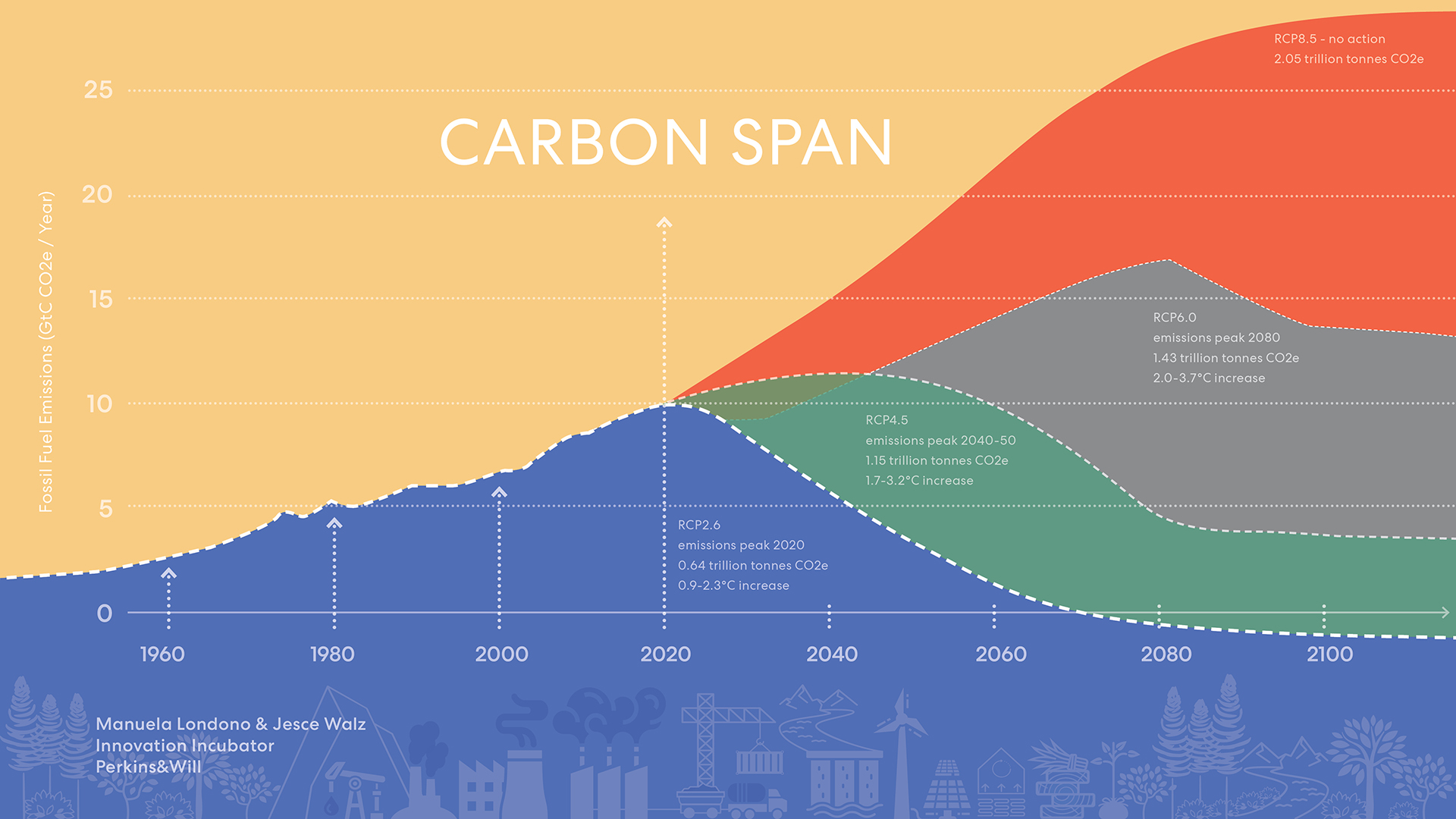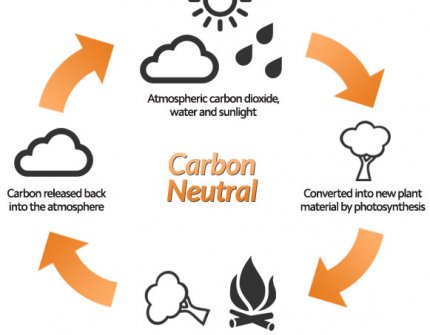

Carbon neutral oil plus#
The time frame for reaching net-zero emissions is different for CO 2 alone versus for CO 2 plus other greenhouse gases like methane, nitrous oxide and fluorinated gases. If CO 2 emissions that result directly from ongoing human activities are reduced to net zero, the concentration of CO 2 in the atmosphere would decline, at a rate just fast enough to compensate for this deep ocean adjustment to give approximately constant global average surface temperatures on multi-decade to century timescales. If the concentration of CO 2 in the atmosphere were to be kept constant, some CO 2 emissions could continue but global average surface temperatures would continue to increase for many centuries due to the gradual adjustment of deep ocean temperatures. The two concepts are not the same because the carbon cycle continuously sequesters a small percentage of cumulative historical human-caused CO 2 emissions into vegetation and the ocean, even after ongoing CO 2 emissions are reduced to zero. The concept of net zero emissions is often confused with "stabilization of greenhouse gas concentrations in the atmosphere", which dates from the 1992 Rio Convention. The specific term "net zero" gained popularity after the Intergovernmental Panel on Climate Change published a Special Report on a Global Warming of 1.5 ☌ (SR1.5) in 2018, stating that "Reaching and sustaining net zero global anthropogenic CO 2 emissions and declining net non-CO 2 radiative forcing would halt anthropogenic global warming on multi-decadal timescales ( high confidence)." Net zero was integral to the goals of the Paris Agreement, which asserted we must "achieve a balance between anthropogenic emissions by sources and removals by sinks of greenhouse gases in the second half of this century".

The concept of net zero has its roots in research into the response of the atmosphere, oceans and carbon cycle to CO 2 emissions in the late 2000s, which found global warming will only stop if CO 2 emissions are reduced to net zero. While there is currently no national regulation in place that legally mandates companies based in that country to achieve net zero, legislation is being developed in several countries, most notably Switzerland. To date, 27 countries have enacted domestic net zero legislation – laws passed by the legislative branch of government that contain net zero targets or equivalent.

Low credibility in targets reflects a lack of binding regulation and the need for continued innovation and investment to permit decarbonization. While 61% of global carbon dioxide emissions are covered by some sort of net zero target, credible targets cover only 7% of emissions. Company targets are a result of voluntary action as well as government regulation.ĭespite an increasing prevalence of commitments and targets, however, net zero claims vary enormously in levels of credibility and most have low credibility. At a company level, 65% of the largest 2,000 publicly traded companies by annual revenue and 63% of Fortune 500 companies have net zero targets. Country-level net zero targets now cover 92% of global GDP, 88% of emissions and 89% of the world population. Today more than 140 countries have a net zero emissions target, including some countries which were resistant to climate action in previous decades. In the last few years, net zero has become the dominant framework for climate ambition with countries and organizations alike setting net zero targets. For instance, some standards bodies allow more use of offsets for carbon neutral certification than for net zero certification. : 22–24 In some contexts, however, the terms are given different meanings from each other. The terms net zero emissions, carbon neutrality, and climate neutrality are often used interchangeably.

To counterbalance their residual emissions, organizations commonly offset them by buying carbon credits. Īchieving net zero targets requires actions to reduce emissions, such as by shifting from fossil fuel energy to sustainable energy sources. In some contexts, "emissions" refers to emissions of all greenhouse gases, and in other contexts it refers only to emissions of carbon dioxide (CO 2). Global net zero emissions, or simply net zero, is a state in which human-caused emissions are balanced by human-caused carbon dioxide removals over a specified time period.


 0 kommentar(er)
0 kommentar(er)
